Trying again: complex trifoliate triangular leaf pattern
genie_wilde
16 years ago
Related Stories

DECORATING GUIDESStamp, Stencil, Paste: Try a New Pattern on a Wall
Here are 10 ways to create a feature wall with classic and contemporary designs
Full Story
DECORATING GUIDESDecorating Secrets: How to Layer Patterns Right
Here's How to Get That Perfect Mix of Color, Shape, Texture and Scale
Full Story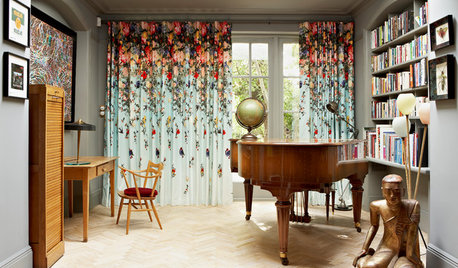
DECORATING GUIDESFloral Decor: It’s All in the Mix
Find out how to use color, pattern and scale to make your room design come together
Full Story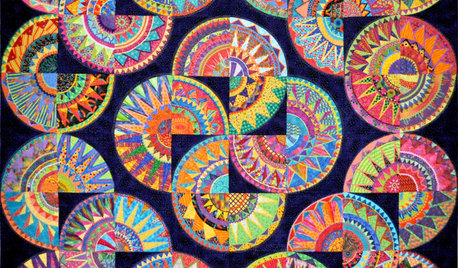
ARTShow News: Rare Quilts Get Museum Time
See 6 intricate designs from a California exhibition and get tips for building your own quilt collection
Full Story
DECORATING GUIDESSolve Privacy Problems With Window Film
Let the light in and keep prying eyes out with an inexpensive and decorative window film you can apply yourself
Full Story
ECLECTIC STYLE5 Reasons to Hit That Secondhand Store
New things have their place, but old things have a history and beauty all their own
Full Story
KITCHEN DESIGNHouzz Call: Tell Us About Your First Kitchen
Great or godforsaken? Ragtag or refined? We want to hear about your younger self’s cooking space
Full Story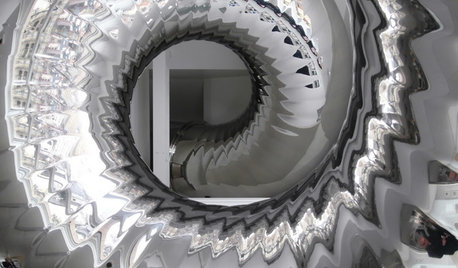
ARCHITECTUREDesign Surprises Amaze in an Eye-Popping Manhattan Penthouse
Mathematics meets fun in a most unusual 7,000-square-foot space topping a landmark New York City building
Full Story
REMODELING GUIDESYour Floors: Zebra, Tiger, and Teak Wood, Oh, My!
Get the Pros and Cons of Exotic Woods: Hickory, Cherry, Rosewood and More
Full Story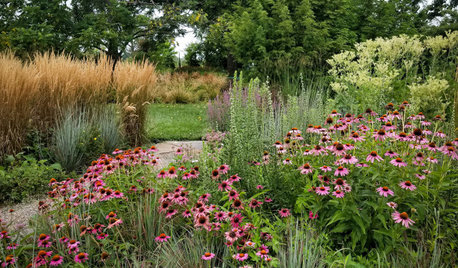
FALL GARDENING20 Favorite Flowers for the Fall Landscape
Vivid blooms and striking shapes make these annuals and perennials a delight in autumn gardens
Full StoryMore Discussions







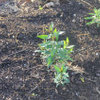

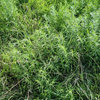
saltcedar
genie_wildeOriginal Author
Related Professionals
Windham Landscape Architects & Landscape Designers · Barrington Hills Landscape Architects & Landscape Designers · Carson Landscape Architects & Landscape Designers · La Marque Landscape Architects & Landscape Designers · Redondo Beach Landscape Architects & Landscape Designers · Mount Wilson Landscape Architects & Landscape Designers · College Park Landscape Contractors · Fuquay-Varina Landscape Contractors · Garland Landscape Contractors · Mahwah Landscape Contractors · Mason Landscape Contractors · Roseville Landscape Contractors · Vacaville Landscape Contractors · Forest Hill Landscape Contractors · Laguna Beach Stone, Pavers & Concretesaltcedar
remy_gw
genie_wildeOriginal Author
jean001
genie_wildeOriginal Author
saltcedar
noinwi
saltcedar
genie_wildeOriginal Author
genie_wildeOriginal Author
Iris GW
genie_wildeOriginal Author
genie_wildeOriginal Author
milo_z7
saltcedar
genie_wildeOriginal Author
genie_wildeOriginal Author
Iris GW
gardengal48 (PNW Z8/9)
genie_wildeOriginal Author
genie_wildeOriginal Author
genie_wildeOriginal Author
gardengal48 (PNW Z8/9)
genie_wildeOriginal Author
genie_wildeOriginal Author